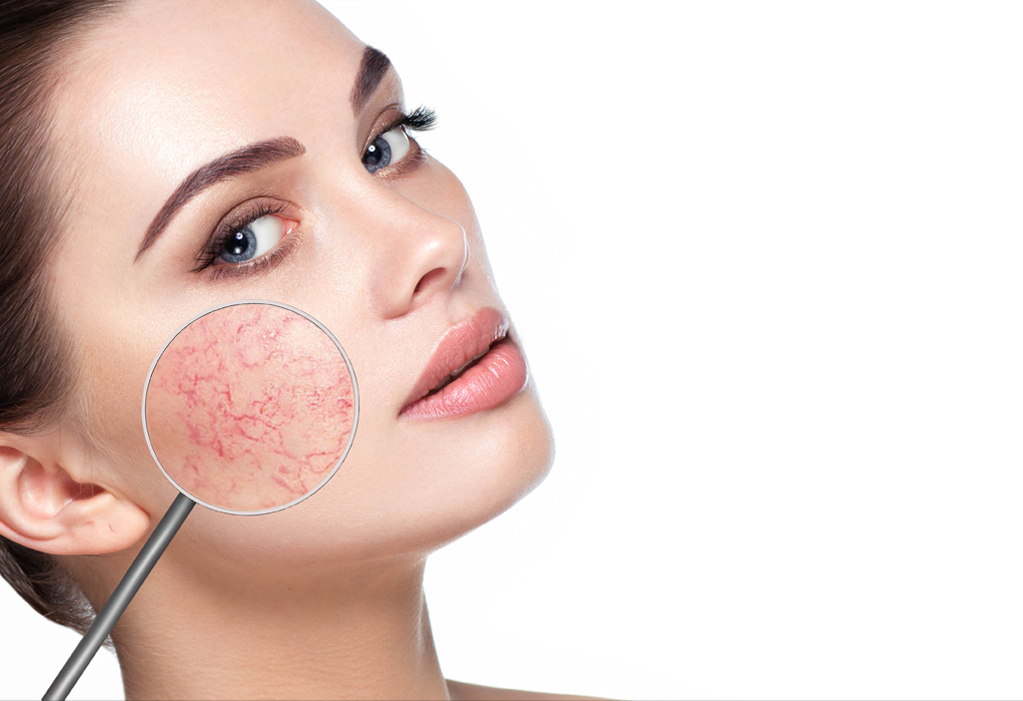
Photodermatology is the study of the effects of light on the skin in both health and disease, including skin rashes caused or exacerbated by exposure to ultraviolet light or visible light (photodermatoses), sun-induced skin ageing (photo-ageing) and UV-induced skin cancer.
To reduce the effects of UV-light and visible light on the skin, whether in photodermatoses (where the skin is more sensitive to light), fair and cancer-prone skin (to prevent sunburn which increases risk of skin cancer), or in normal skin (where prevention of photo-ageing is desired by many), photoprotection is recommended. This encompasses behaviour (e.g. seeking shade with the use of umbrella, avoidance of outdoor activities between 9.00am and 4.00pm), fabrics (e.g. covering up with clothes, hat, UPF clothing) and sunscreen use.
Local research shows that the most common photodermatoses are the primary photodermatoses and photoaggravation of other skin conditions. The rashes of photodermatoses are usually found in sun-exposed areas such as back of hands, forearms, face and V of neck. They may be primary photodermatoses with certain well-recognised characteristics, genetic forms of photodermatoses, secondary to oral medication such as certain high blood pressure and diabetes medications that can make the skin more sensitive to light, skin contact with or allergy to certain chemicals (e.g. fragrances, disinfectants, painkillers, and even sunscreen chemicals) or plant products (e.g. lime/lemon juice, turnip, celery) coupled with subsequent sun exposure, underlying internal disease, or sun aggravation of other skin conditions such as eczema.
It is not only UVA and UVB-radiation that contribute to photoageing of the skin; infrared radiation (IRA), which makes up about 50 per cent of the sun’s energy, also causes damage to DNA in the mitochondria of cells, triggering signals that result in increase of enzymes that breakdown collagen. Topical application of a mixture of selected antioxidants to human skin in vivo prior to IRA exposure has been shown to partially diminish the rise in these collagen-damaging enzymes, prompting new ranges of sunscreen and daily skin care products which claim IRA protection. However, there is no industry standard on IRA “protection factor”.
Since different components of sunlight, not just UVA and UVB, can potentially cause skin ageing, it may be more important to stress behaviour and fabric photoprotection than daily use of sunscreen with UV filters, which many people rely predominantly on.
UV radiation has also been shown to result in loss of fat just under the skin, which may account for the loss of facial fat that accompanies skin ageing. Cosmetic effect aside, loss of skin fat may lead to higher deposition of fat within the abdomen, which is associated with insulin resistance and metabolic syndrome. With the possibility of medical problems arising, we can expect further research in these areas in future.
Excessive exposure to UVA and UVB radiation, whether from sunlight, UVB phototherapy or tanning booths, and in particular, repeated sunburn in childhood, is associated with increased risk of skin cancer. Skin cancer rates have been increasing worldwide, with the sun-loving and photoprotection-ignorant generation now reaping the effects of a lifetime of sun exposure. Sun ageing, such as wrinkles, skin sagging from loss of facial fat and pigmentation problems, are being seen in people as young as in their twenties. As the effects of UV radiation may take decades to show, we need to teach our young about photoprotection, and be a positive role model to reduce health risks in their later years.







